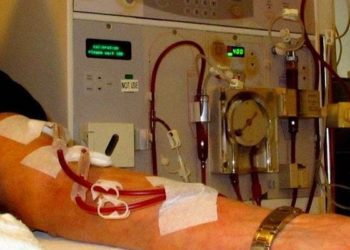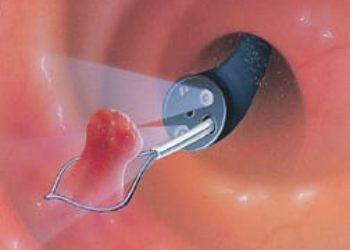Hospice care may not decrease Medicare costs in patients on maintenance dialysis
1. In this cross-sectional study, of those patients on maintenance hemodialysis that were referred to hospice care, 41.5% received care for only 3 days or less.
2. While patients who were enrolled in hospice care were less likely to die in hospital or undergo intensive procedures prior to death, they were more likely to be hospitalized and have ICU admissions. Overall Medicare costs were similar across patients who did and did not receive hospice care.
Evidence Rating Level: 3 (Average)
Study Rundown: Hospice care has been shown to increase quality of end-of-life care however many patients in Medicare may not be referred until very late in the course of illness. This may be in part due to the requirement of stopping all disease-modifying treatments prior to initiation of hospice care. This includes maintenance hemodialysis. Previous studies have indicated that patients that are treated with maintenance hemodialysis are much less likely to be referred to hospice care as compared to patients with other chronic illnesses. This cross-sectional study aimed to examine the association between hospice length of stay (LOS) and health care utilization and costs at the end of life among Medicare beneficiaries who had received maintenance hemodialysis.
Twenty-percent of end-stage renal disease patients on maintenance hemodialysis received hospice care services when they died and of that, 41.5% received hospice care for 3 days or fewer. Patients who received hospice care for 3 days or fewer were less likely to die in hospital or undergo intensive procedures prior to death however they were more likely to be hospitalized, have ICU admissions. Overall, there were similar Medicare costs in the last week of life in those who had hospice care and those who did not. Longer LOS in hospice care greater than 3 days was, however, associated with progressively lower rates of utilization and costs. Strengths of this study include study of a timely and important topic however further observational study would be needed to determine association, as this was a cross-sectional study.
Click to read the study, published in JAMA Internal Medicine
Relevant Reading: Quality of End-of-Life Care Provided to Patients With Different Serious Illnesses
In-Depth [cross-sectional]: This cross-sectional study included a subset of data from the United States Renal Data System (USRDS) registry of patients who died between January 2000 and December 2014 who were enrolled in Parts A and B of fee-for-service Medicare during their final year of life, were 18 years and older and for whom the most recent treatment modality before death was hemodialysis (N=770,191). The main outcome of interest was hospital or intensive care unit (ICU) admission, receipt of intensive procedure during last month of life, death in hospital, and costs to Medicare in last week of life. Exposure and outcomes were identified using International classification of diseases, Ninth revision (ICD-9) diagnosis and procedure codes. Adjusted linear models were used in statistical analysis.
Among the 770,191 patients, 20.0% received hospice care before their death, however of these patients, 41.5% were only enrolled in hospice care within 3 days of their death, 22.5% within 4 to 7 days, 14.3% within 8 to 14 days and 21.7% within 15 days or more before death. These patients enrolled in hospice care for 3 days or fewer were less likely to die in hospital (13.5% 55.1%, p < 0.001), or undergo an intensive procedure in the month prior to death (17.7% vs. 31.6%; p < 0.001) but they had statistically higher rates of hospitalization (83.6% vs. 74.4%; p < 0.001), ICU admission (54.0% vs. 51.0%; p < 0.001) with similar Medicare costs in the last week of life ($10,756 vs. $10,871; p = 0.08).
Image: CC/Wiki
©2018 2 Minute Medicine, Inc. All rights reserved. No works may be reproduced without expressed written consent from 2 Minute Medicine, Inc. Inquire about licensing here. No article should be construed as medical advice and is not intended as such by the authors or by 2 Minute Medicine, Inc.







